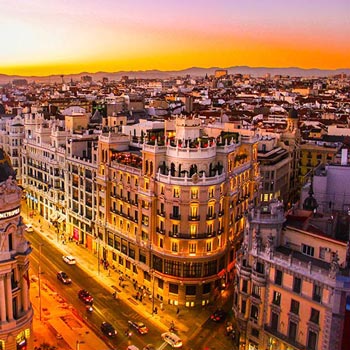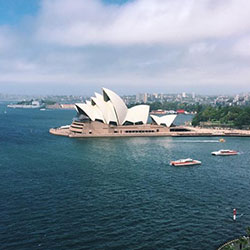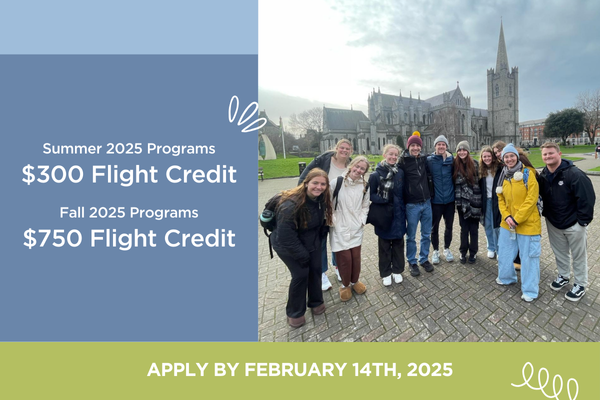Pain & Pleasure in Ancient Rome
Theology & Religious Studies Program
Rome, Italy
Dates: 8/27/19 - 12/7/19

Pain & Pleasure in Ancient Rome
OVERVIEW
CEA CAPA Partner Institution: CEA CAPA Rome Center
Location: Rome, Italy
Primary Subject Area: Philosophy
Other Subject Area: Art History, Cultural Studies
Instruction in: English
Course Code: PHL362
Transcript Source: TBD
Course Details: Level 300
Recommended Semester Credits: 3
Contact Hours: 45
Prerequisites: One two-hundred or two one-hundred level courses in the subject area(s) of instruction
Additional Fee: $30.00
Additional Fee Description:This course requires payment of an additional fee to cover active learning components that are above and beyond typical course costs, such as site visits, entrance fees and other expenses.
DESCRIPTION
There were private as well as public occasions for the pursuit of pleasure in the daily lives of ancient Romans. The former involved dining, bathing, social relations and countryside otium (chill-out, or dolce far niente). The latter involved sports, chariot races, athletic games, and attending social events such as "triumphs" and religious rituals. But there was obviously also much private and public pain in Ancient Rome: executions, assassinations, torture, persecutions of minorities, the physical and social submission of slaves, corporal punishment, war, the emotional breakdowns of widows and orphans, rituals involving human or animal sacrifices. There was also one specific place in which pleasure and pain met, and indeed implied one another: the Colosseum.
The course has a philosophical and an historical/art-historical dimension. The philosophical dimension explores Hedonism - the seemingly uncontroversial view that pleasure is good and pain is bad, and the more controversial conclusion that the good life is the pleasurable life. It does so through close readings of texts by Epicurus, Fred Feldman, Shelly Kagan, and other contemporary thinkers. Such theoretical exploration introduces the historical/art-historical dimension of the course, which explores the "practice" of pleasure and pain in Ancient Rome. After an historical overview of daily life among the Romans, the sites and contexts in which pleasure was sought and pain administered will be explored, and their expressions among ancient Romans will be investigated. A vivid parallel with their expression among contemporary Romans is then provided by the experience of the soccer game Roma-Lazio, in which the two teams of the city antagonize each other in one of the most intense, competitive, and emotionally charged sport experiences worldwide. Finally, by the end of the course, an analysis of the cultural history of the Colosseum will be accorded privileged attention, as a way to systematize the theoretical and experiential knowledge accumulated.
*This course is cross-listed as ARH362
The course has a philosophical and an historical/art-historical dimension. The philosophical dimension explores Hedonism - the seemingly uncontroversial view that pleasure is good and pain is bad, and the more controversial conclusion that the good life is the pleasurable life. It does so through close readings of texts by Epicurus, Fred Feldman, Shelly Kagan, and other contemporary thinkers. Such theoretical exploration introduces the historical/art-historical dimension of the course, which explores the "practice" of pleasure and pain in Ancient Rome. After an historical overview of daily life among the Romans, the sites and contexts in which pleasure was sought and pain administered will be explored, and their expressions among ancient Romans will be investigated. A vivid parallel with their expression among contemporary Romans is then provided by the experience of the soccer game Roma-Lazio, in which the two teams of the city antagonize each other in one of the most intense, competitive, and emotionally charged sport experiences worldwide. Finally, by the end of the course, an analysis of the cultural history of the Colosseum will be accorded privileged attention, as a way to systematize the theoretical and experiential knowledge accumulated.
*This course is cross-listed as ARH362








